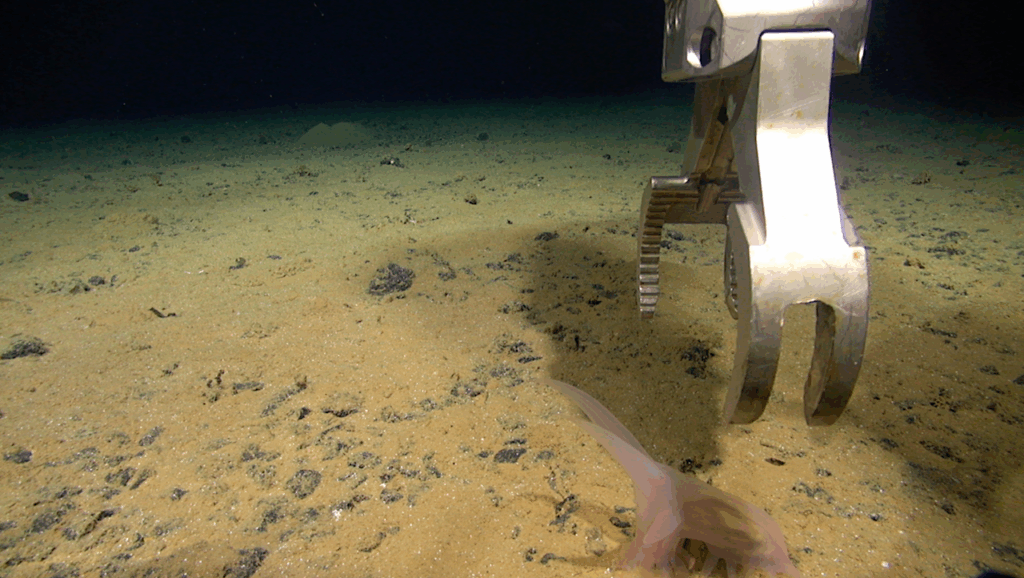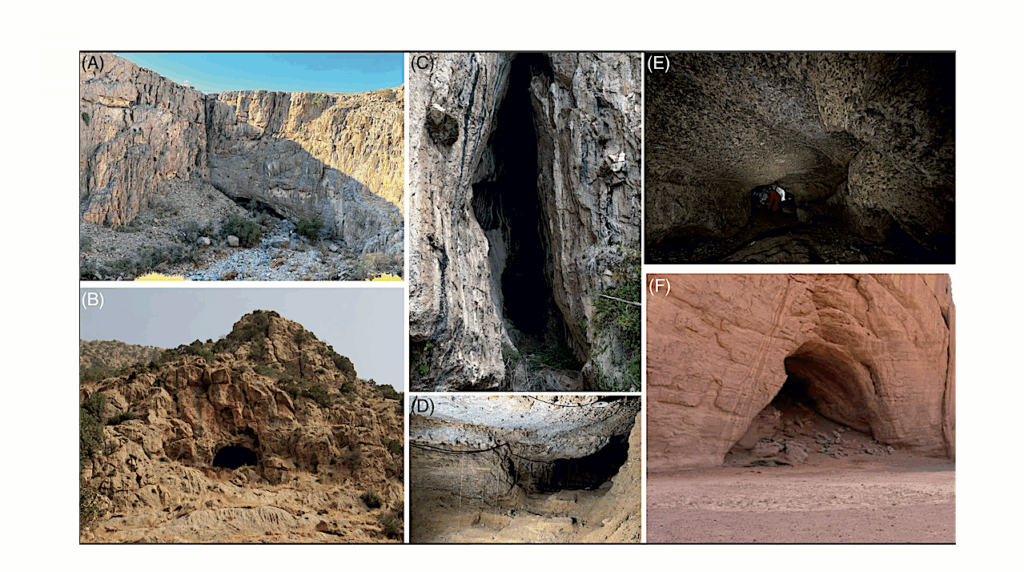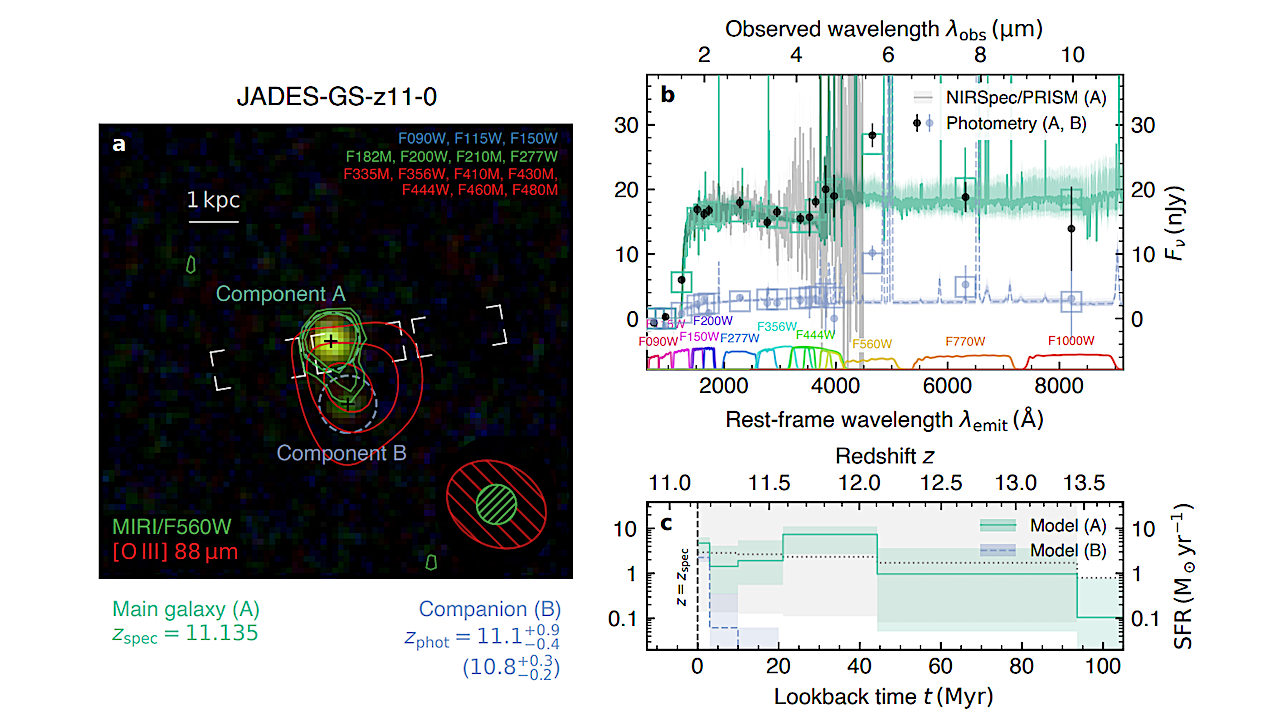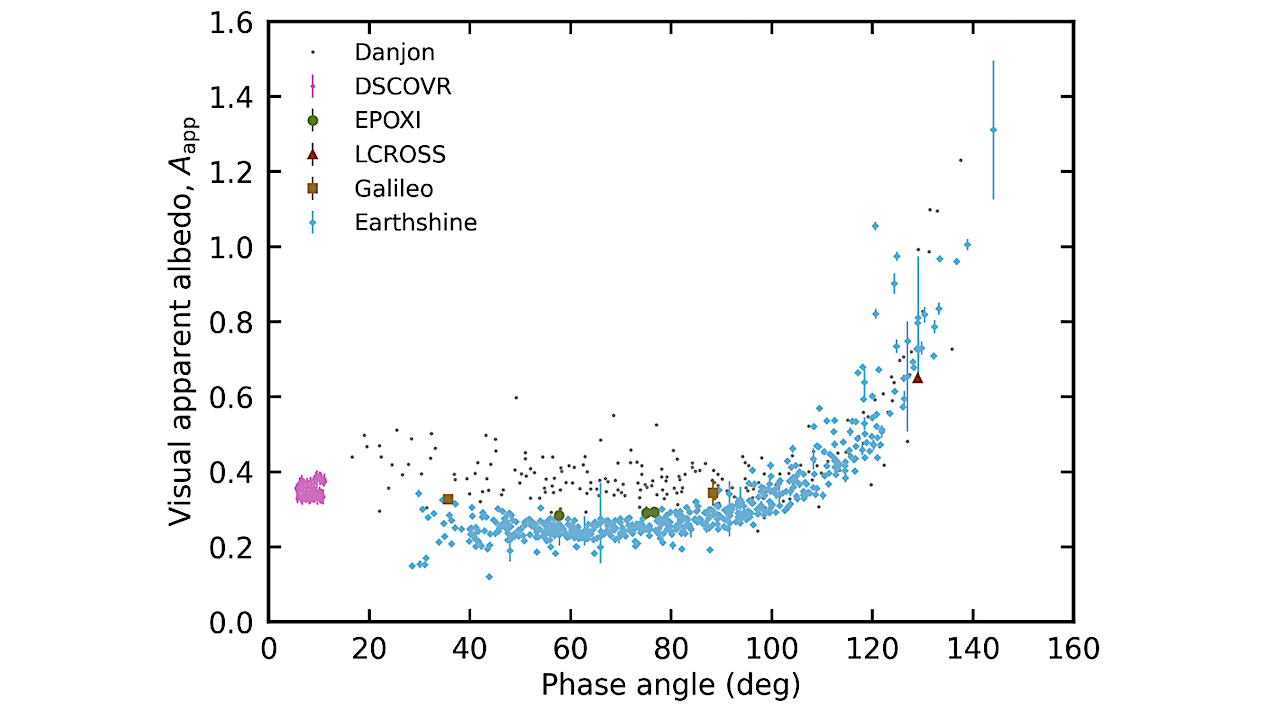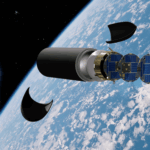Now Reading: Can A Convecting Magma Ocean Offer A Solution To The Puzzling Case Of Core Convection In Early Earth?
-
01
Can A Convecting Magma Ocean Offer A Solution To The Puzzling Case Of Core Convection In Early Earth?
Can A Convecting Magma Ocean Offer A Solution To The Puzzling Case Of Core Convection In Early Earth?


(a) Equatorial section of ur and (b) azimuthal section of uϕ showing a typical flow
pattern for the metallic core-silicate magma ocean system for the default model D. — astro-ph.EP
Convective flow in Earth’s iron-rich liquid core drives self-sustained dynamo action, generating Earth’s magnetic field, which is strongest among all terrestrial planets of the solar system.
Rock records show that this magnetic field has been operative in Earth for at least 3.4 billion years (b.y). However, advanced high pressure experiments have revised the value of the thermal conductivity of the outer core, which implies an age for the inner core of less than 1 b.y., when compositional convection begins. This creates a puzzle, with a gap between the observations of an early magnetic field on Earth and the young inner core.
Previous work has suggested that the pre-inner core dynamo could have been generated in a magma ocean (MO) at the base of the mantle; however, the fluid dynamics of this scenario have received little attention.
Here we numerically model the non-magnetic rotating flow in a MO above a convectively stable core in a configuration representing the pre-inner core days of Earth’s evolution. Simulations here explore the importance of several dimensionless parameters on coupled core-MO convection — the Rayleigh number, the ocean/core thermal diffusivity ratio, thermal expansion coefficient ratio, viscosity ratio, and layer thickness ratio.
It is found that the MO can easily drive a flow of comparable magnitude in the core, and an approximately linear relationship is observed between the ratio of root-mean-square velocities in the core and the ocean, (uRMSc/uRMSo), and $(Nu_o-1)$, where $Nu_o$ is the Nusselt number for the MO, for the $Nu_o$ of order 1 to 10 considered. Radial and azimuthal components of the core flow are of similar magnitude, so that, with comparable toroidal and poloidal components, we speculate that the MO-driven core flow could drive an early dynamo.
Urmi Dutta, Chris J. Davies, Ashley P. Willis
Comments: 29 pages, 14 figures, 2 tables
Subjects: Earth and Planetary Astrophysics (astro-ph.EP); Geophysics (physics.geo-ph)
Cite as: arXiv:2507.22521 [astro-ph.EP] (or arXiv:2507.22521v1 [astro-ph.EP] for this version)
https://doi.org/10.48550/arXiv.2507.22521
Focus to learn more
Submission history
From: Urmi Dutta
[v1] Wed, 30 Jul 2025 09:47:56 UTC (10,929 KB)
https://arxiv.org/abs/2507.22521
Astrobiology,
Stay Informed With the Latest & Most Important News
-
 012024 in Review: Highlights from NASA in Silicon Valley
012024 in Review: Highlights from NASA in Silicon Valley -
 02Panasonic Leica Summilux DG 15mm f/1.7 ASPH review
02Panasonic Leica Summilux DG 15mm f/1.7 ASPH review -
 03From Polymerization-Enabled Folding and Assembly to Chemical Evolution: Key Processes for Emergence of Functional Polymers in the Origin of Life
03From Polymerization-Enabled Folding and Assembly to Chemical Evolution: Key Processes for Emergence of Functional Polymers in the Origin of Life -
 04How New NASA, India Earth Satellite NISAR Will See Earth
04How New NASA, India Earth Satellite NISAR Will See Earth -
 05And Thus Begins A New Year For Life On Earth
05And Thus Begins A New Year For Life On Earth -
 06Astronomy Activation Ambassadors: A New Era
06Astronomy Activation Ambassadors: A New Era -
07SpaceX launch surge helps set new global launch record in 2024












